Comparative analysis Normal Worksheets for Ages 6-8
5 filtered results
-
From - To
Unlock your child's learning potential with our Comparative Analysis Normal Worksheets designed for ages 6-8! These engaging resources enhance critical thinking and analytical skills through fun, interactive exercises. Each worksheet encourages students to compare and contrast different ideas, objects, or concepts, fostering deeper understanding and cognitive development. Our easy-to-use format allows children to practice essential math, reading, and writing skills while improving their ability to evaluate information. Perfect for independent study or classroom activities, these worksheets provide a balanced approach to learning, ensuring an enjoyable educational experience. Explore our diverse collection today and witness your child's growth in comparative reasoning!
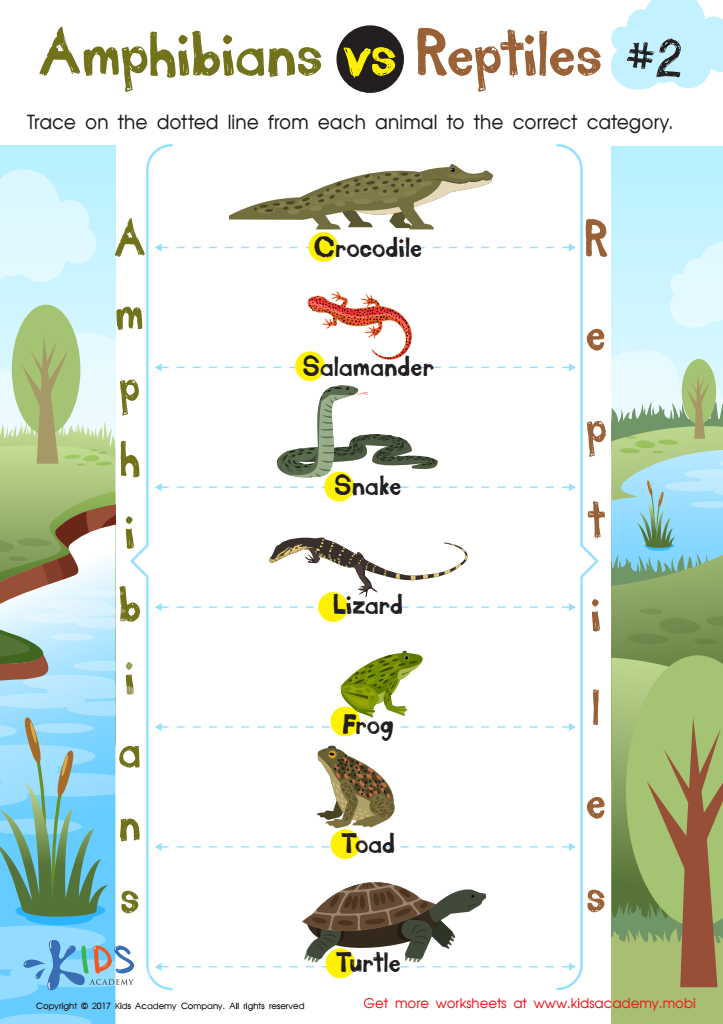

Amphibians vs Reptiles Worksheet for 3rd Grade
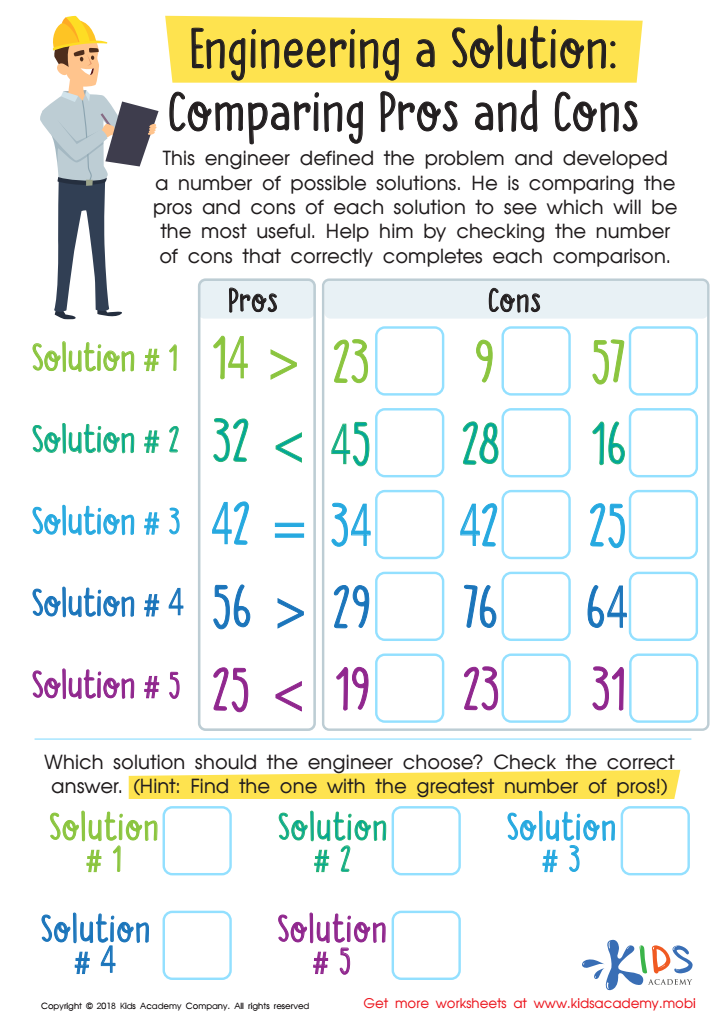

Engineering a Solution: Comparing Pros and Cons Worksheet
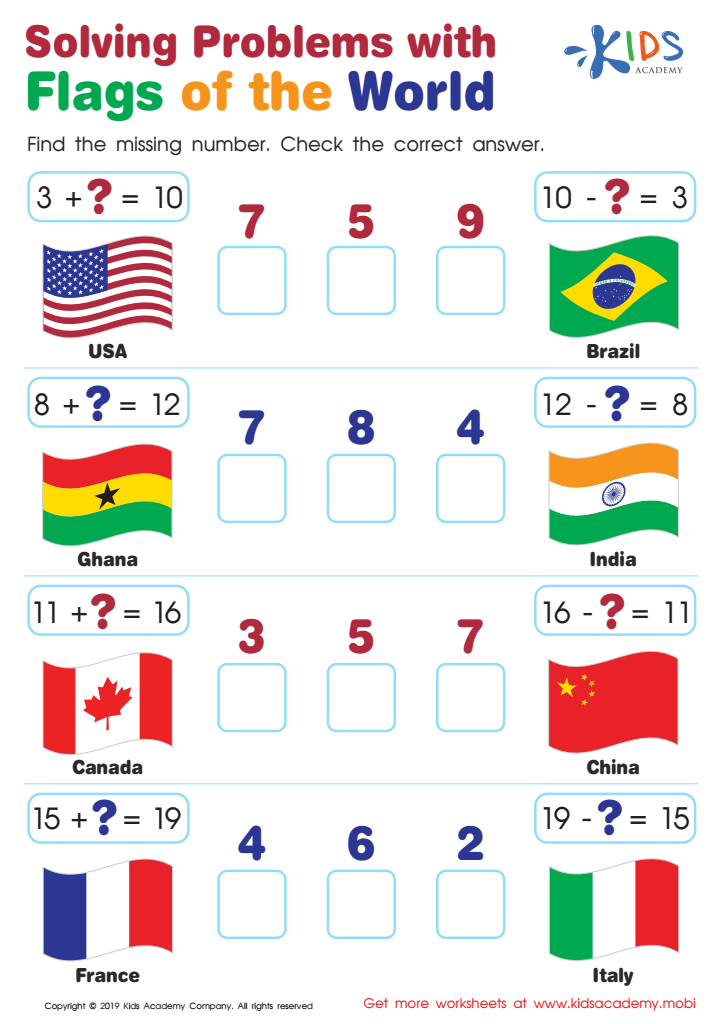

Solving Problems with Flags of the World Worksheet
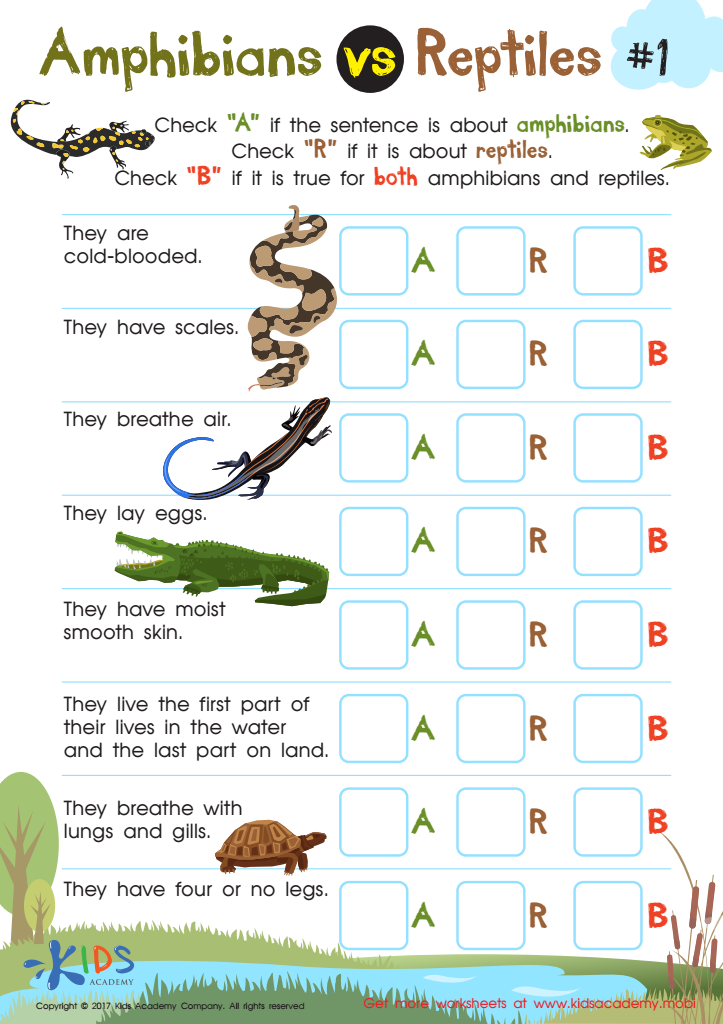

Amphibians vs Reptiles Worksheet
Parents and teachers should care about Comparative Analysis Normal for Ages 6-8 because it provides valuable insights into a child’s developmental and academic progress. This period is crucial as children transition from early childhood into more structured learning environments. By understanding where a child stands in relation to peers, educators and parents can make informed decisions regarding individualized instruction, interventions, or support systems tailored to specific needs.
Comparative analysis helps identify areas where a child may excel or struggle, allowing for targeted approaches to enhance learning. For instance, a child who lags in reading skills may benefit from additional resources, while another who excels can be challenged further. This method also fosters a better understanding of social-emotional development, as social interactions often influence learning.
Furthermore, regular assessments and comparisons promote accountability among educators and schools, ensuring they provide quality education and necessary resources. This collaborative approach fills gaps while celebrating achievements, leading to a more supportive learning environment. Ultimately, knowing where a child stands developmentally equips parents and teachers to nurture optimal growth, build confidence, and foster a lifelong love for learning, ultimately laying a solid foundation for future academic success.
 Assign to My Students
Assign to My Students

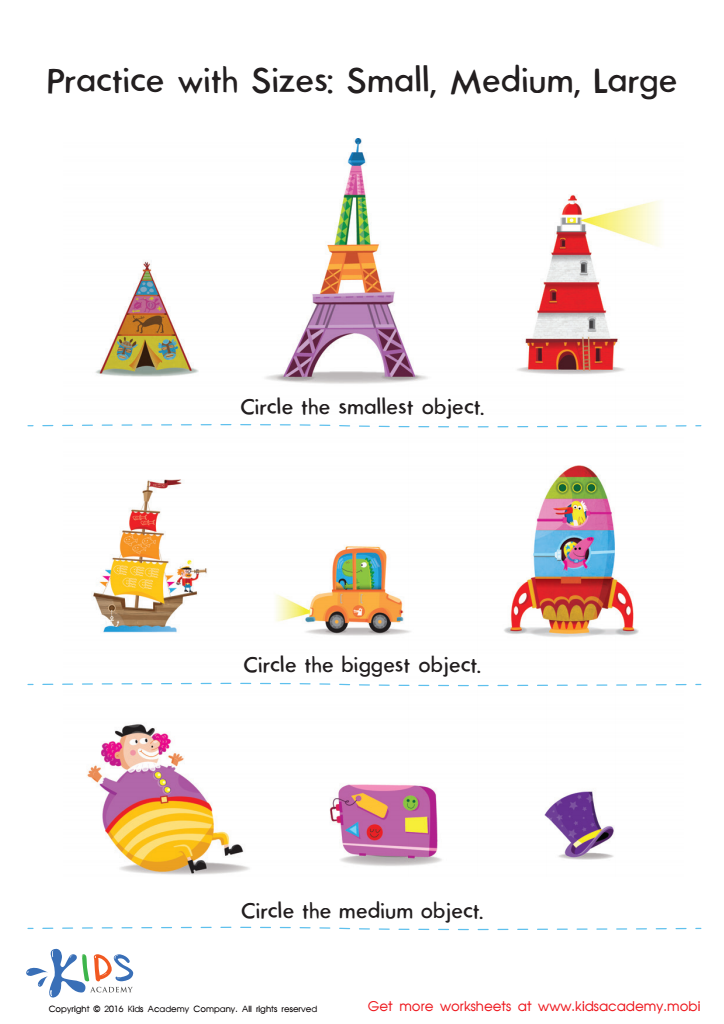






.jpg)













